The world of maternity wear has evolved significantly over the past decade, with designers and manufacturers placing greater emphasis on both comfort and style. One of the most critical factors in achieving this balance is the elasticity coefficient of the fabric used in pregnancy clothing. Unlike regular apparel, maternity wear must accommodate a rapidly changing body while maintaining its shape and support. This delicate equilibrium is where the science of fabric elasticity comes into play.
When discussing the elasticity coefficient, it refers to the fabric's ability to stretch and recover without losing its original form. For pregnant women, this property is non-negotiable. The fabric must expand to accommodate a growing belly, hips, and bust while providing enough support to avoid sagging or discomfort. High-quality maternity wear often incorporates materials like spandex, elastane, or specialized blends that offer optimal stretch without compromising durability. The right elasticity ensures that the garment moves with the body rather than against it, reducing irritation and enhancing overall comfort.
Beyond comfort, the elasticity of maternity clothing plays a pivotal role in health and well-being. Poorly designed garments with inadequate stretch can restrict blood flow or cause unnecessary pressure on the abdomen, leading to discomfort or even complications. On the other hand, overly elastic fabrics may fail to provide the necessary support, particularly in later stages of pregnancy when the weight of the baby places additional strain on the mother's body. Striking the perfect balance requires meticulous testing and an understanding of how different materials behave under stress.
The fashion industry has responded to these demands by investing in advanced textile technologies. For instance, some brands now use bi-directional stretch fabrics, which allow for expansion in multiple directions, ensuring a better fit throughout pregnancy. Others incorporate moisture-wicking properties or breathable meshes to enhance comfort further. These innovations highlight the importance of elasticity not just as a functional requirement but as a cornerstone of modern maternity fashion.
Consumer expectations have also shifted, with many women seeking maternity wear that transitions seamlessly from pregnancy to postpartum. Garments with adjustable features, such as expandable waistbands or layered stitching, are becoming increasingly popular. These designs rely heavily on the fabric's elasticity to provide versatility without sacrificing style. The ability of a piece to "grow" with the wearer and then return to its original shape postpartum is a testament to the advancements in textile engineering.
Despite these innovations, challenges remain. Not all elastic fabrics are created equal, and some may lose their stretch over time or after repeated washes. This is particularly problematic for maternity wear, which is often worn daily for extended periods. Manufacturers must rigorously test their materials to ensure longevity, especially since many women rely on a limited wardrobe during pregnancy. The elasticity coefficient must remain stable through countless stretches, washes, and wears to be truly effective.
Another consideration is the environmental impact of elastic fabrics. Traditional synthetic fibers like spandex are derived from non-renewable resources and can take years to decompose. As sustainability becomes a priority for consumers, some brands are exploring eco-friendly alternatives, such as recycled elastane or natural fibers with inherent stretch properties. While these options are promising, they often come with trade-offs in performance or cost, presenting a new set of challenges for designers.
Ultimately, the elasticity coefficient of maternity wear is more than just a technical specification—it’s a crucial element that affects comfort, health, and sustainability. As the industry continues to innovate, the focus will remain on creating garments that adapt to the unique needs of pregnant women without compromising on quality or style. The future of maternity fashion lies in fabrics that stretch not just in measurement, but in possibility.
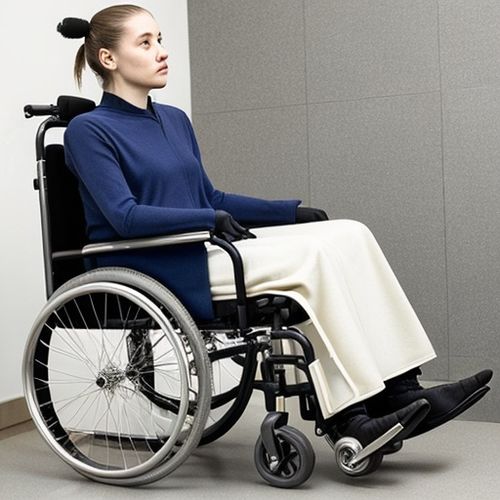
By Jessica Lee/Apr 27, 2025
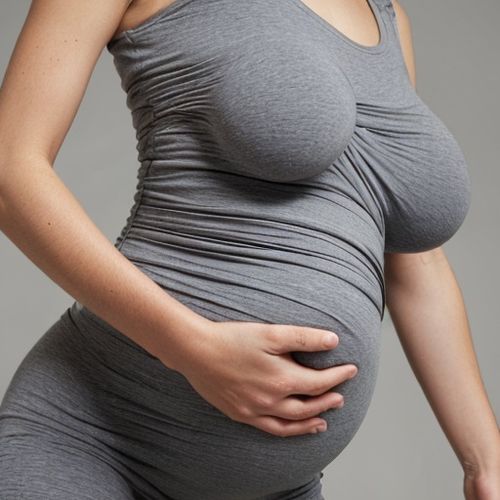
By Laura Wilson/Apr 27, 2025
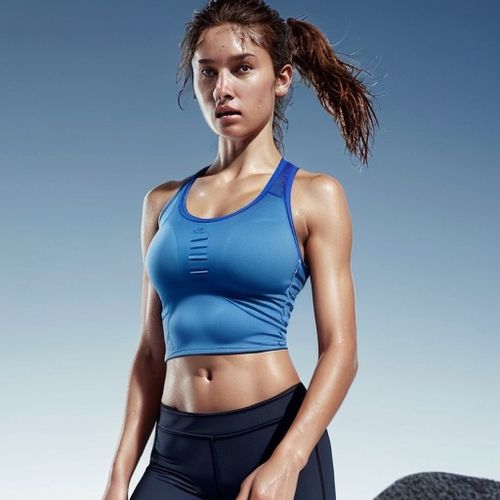
By Natalie Campbell/Apr 27, 2025

By Victoria Gonzalez/Apr 27, 2025
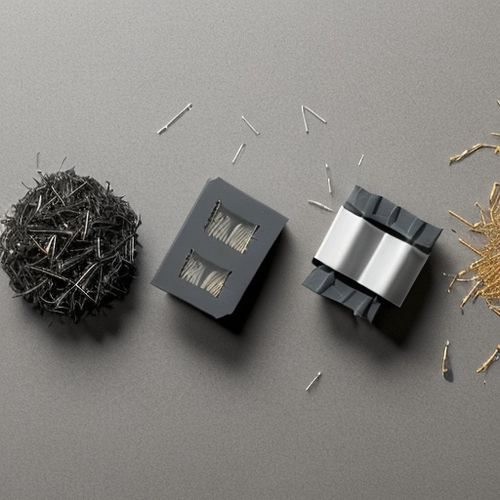
By Emma Thompson/Apr 27, 2025

By Emma Thompson/Apr 27, 2025
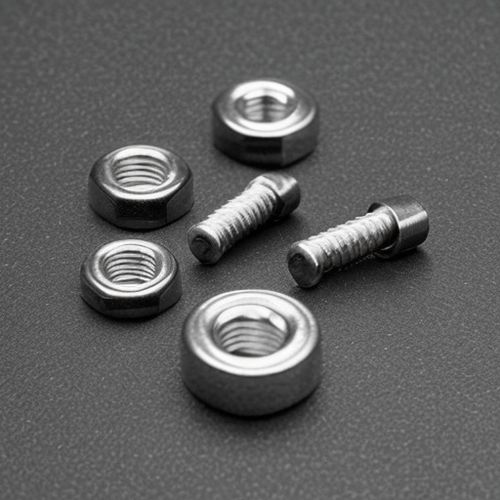
By George Bailey/Apr 27, 2025

By Sophia Lewis/Apr 27, 2025

By Rebecca Stewart/Apr 27, 2025
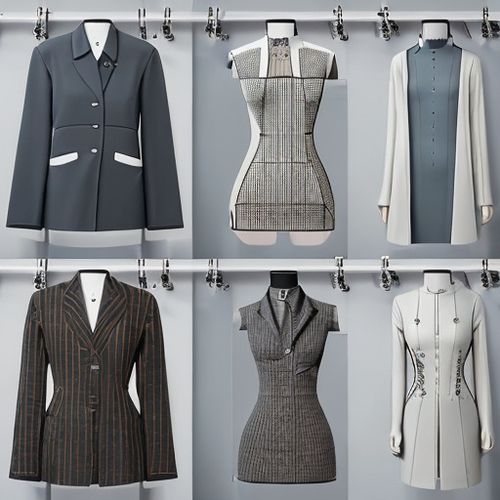
By Lily Simpson/Apr 27, 2025

By John Smith/Apr 27, 2025

By Ryan Martin/Apr 27, 2025
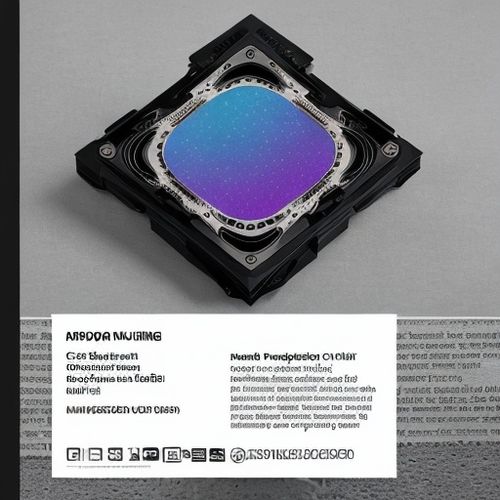
By Amanda Phillips/Apr 27, 2025

By Daniel Scott/Apr 27, 2025

By Thomas Roberts/Apr 27, 2025
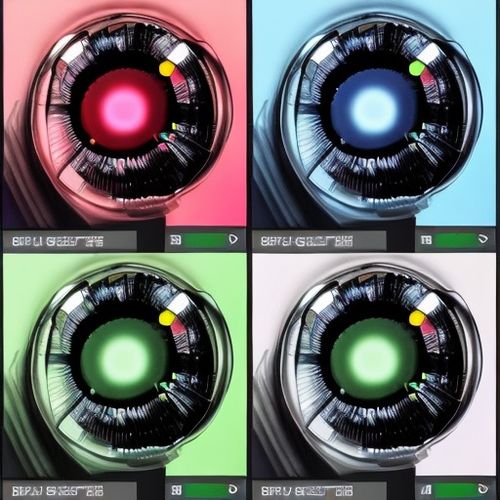
By Eric Ward/Apr 27, 2025
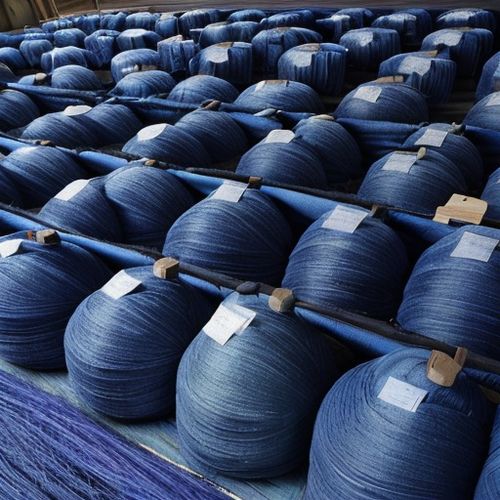
By Michael Brown/Apr 27, 2025

By Laura Wilson/Apr 27, 2025
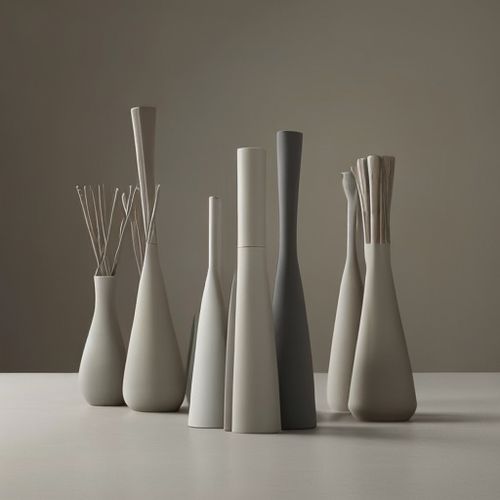
By David Anderson/Apr 27, 2025

By Jessica Lee/Apr 27, 2025